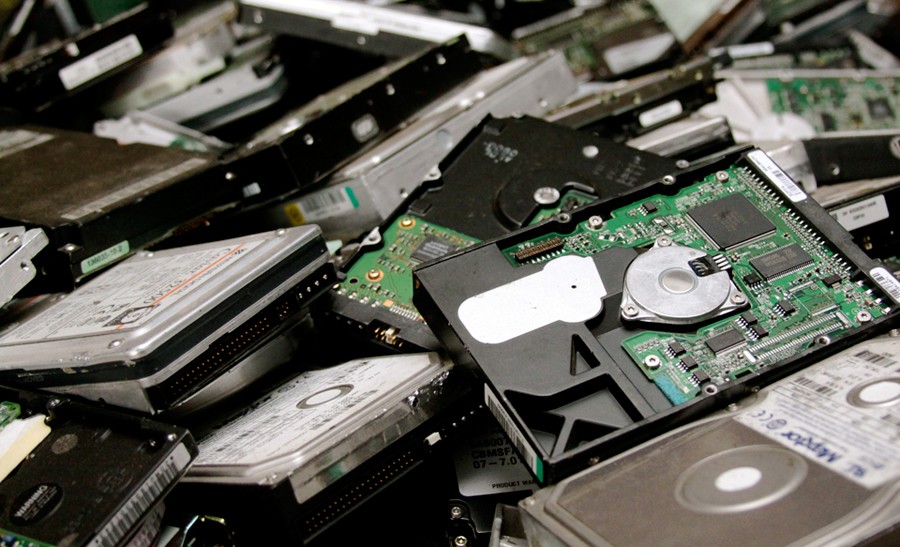What do you do with an old PC? Ideally, you will back up all of your personal data from the machine, securely wipe the hard drive, then send it to a recycling facility. Sometimes that isn’t possible, in which case you should at least remove the hard drives before recycling the rest of the machine.
I have a lot of old hard drives laying around from long-ago discarded PCs and laptops, and decided I needed to find out what files were on them before discarding them for good.
The Manhattan USB to IDE/SATA adapter is a fast, economical way to connect a hard drive to your PC or laptop on a temporary basis. Usually, you would do this to recover data from the drive, but you could also plug in a drive and copy files to it, creating a cold, offline storage repository.
The unit is very simple to use. Just plug in the power, attach the drive to the appropriate port on the adapter (it supports SATA drives as well as desktop and laptop IDE drives), and connect the USB cable between the adapter and your PC. While USB devices are designed to be plugged in and unplugged while the computer is powered, bare hard drives are not designed for this. Therefore, you should only connect or disconnect the adapter when the PC is powered off.
Once you have connected the drive and adapter and powered up your Windows computer, the drive will be automatically detected and show up as a hard drive in the “My Computer” window. From there, you can browse and copy files as with any other hard drive.
A word of caution, though. When you are working with a powered drive outside of the computer case, make sure you place it on a non-conductive surface, and avoid touching any of the exposed circuitry. The drive operates on low voltages, so you are unlikely to receive a shock, but you could damage the drive or the data stored on it by not keeping the drive electrically isolated.
I mentioned that the Manhattan adapter has connectors for both desktop and laptop IDE drives. There is only one SATA connector needed because, as it turns out, the SATA connector is the same for both desktop and laptop drives.

